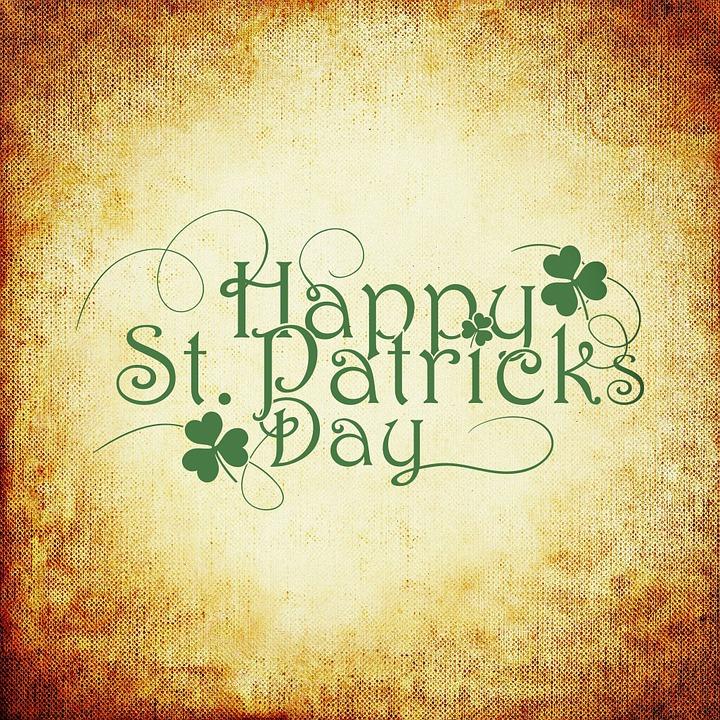The Origin of St. Patrick’s Day
March 28, 2016
Every year on March 17, the Irish and the Irish-at-heart across the globe observe St. Patrick’s Day. What began as a religious feast day for the patron saint of Ireland has become an international festival celebrating Irish culture with parades, dancing, special foods and a whole lot of green.
St. Patrick’s Day celebrates the Roman Catholic Feast Day of the Patron Saint of Ireland. St. Patrick died on March 17, 461. But, did you know that he wasn’t even Irish? Saint Patrick’s Day was made an official Christian feast day in the early 17th century and is observed by the Catholic Church, the Anglican Communion (especially the Church of Ireland), the Eastern Orthodox Church, and the Lutheran Church. The day commemorates Saint Patrick and the arrival of Christianity in Ireland, and it celebrates the heritage and culture of the Irish in general.
Here are some fun facts about St. Patrick’s Day:
The shamrock. According to legend, St. Patrick used the three leaf clover (or shamrock) to explain the Trinity.
Dyeing the river green. The practice started in Chicago in 1962, when city officials first decided to dye a portion of the Chicago River green.
Corn beef and cabbage—a classic Irish-American dish. Irish Americans were so poor that they could not afford certain meals. On St. Patrick’s Day, the best meal they could afford was beef and cabbage. It became a staple for the holiday.












